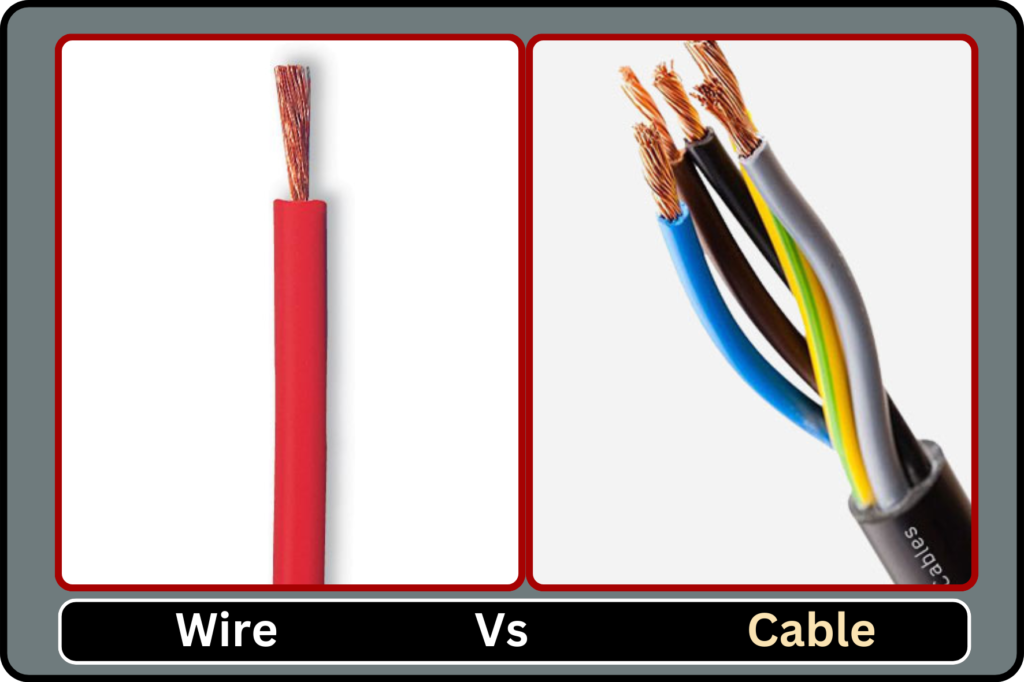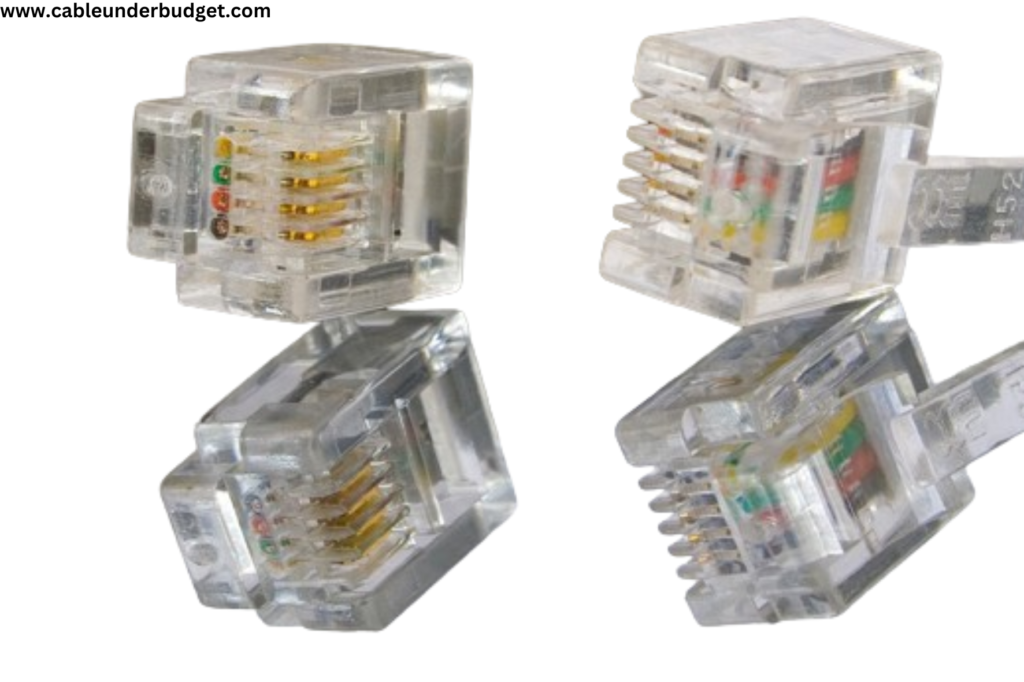Contents
Introduction to difference between cable and wire
When it comes to electrical systems and connections, the terms “cable” and “wire” are often used interchangeably, but they actually refer to different components with distinct characteristics and purposes. Understanding the difference between cable and wire is crucial for anyone working with electrical systems, whether in a professional capacity or as a DIY enthusiast. In this article, we’ll delve into the nuances of these two essential components to provide clarity and insight.

1. Wires
Wires are single conductors made of a conductive material such as copper or aluminum. They are typically used to carry electrical currents from one point to another within an electrical system. Wires come in various sizes, commonly measured by gauge, which indicates the diameter of the wire. Thicker wires have lower gauge numbers and can carry higher currents without overheating. Two types of wire Solid wire and stranded wire
Types of Wires:
- Solid Wires: Single, solid conductors suitable for permanent installations and applications requiring stability.
- Stranded Wires: Composed of multiple thin strands twisted or braided together, offering flexibility and durability, commonly used in applications requiring frequent bending or movement.

2. Cables
Cables, on the other hand, consist of multiple wires bundled together and insulated as a single unit. In addition to the conductive wires, cables contain insulating materials, protective sheaths, and possibly shielding to prevent interference from external sources. Cables are designed for specific applications and environments, with variations such as power cables, ethernet cable, communication cables, and specialty cables tailored to particular requirements.
Types of Cables:
- Electrical Cables: Used for transmitting electrical power in buildings, homes, and industrial settings.
- Networking Cables: Including Ethernet cables (e.g., Cat5e, Cat6) used for connecting devices in local area networks (LANs).
- Coaxial Cables: Employed for transmitting radio frequency signals, such as those used in cable television and internet connections.

Differences between Wire & cable
Construction
Wires are typically constructed as single conductors, often encased in a protective insulation layer. The insulation serves to prevent electrical leakage and protect against environmental factors such as moisture and abrasion. However, since wires are individual conductors, they are more susceptible to electromagnetic interference (EMI) and electromagnetic radiation (EMR).
Cables, on the other hand, feature a more complex construction with multiple wires grouped together within a single sheath. This design provides several advantages, including enhanced durability, better resistance to EMI and EMR, and simplified installation. The insulation and shielding layers in cables offer superior protection compared to individual wires, making them suitable for a wide range of applications, including power distribution, data transmission, and telecommunications.
Applications
Wires are commonly used in situations where a single conductor is sufficient for carrying electrical currents. They are prevalent in household wiring, automotive systems, and small-scale electronics. Due to their simplicity and flexibility, wires are also favored for temporary installations and prototyping projects.
Cables, on the other hand, are preferred for applications that require multiple conductors or additional protection against environmental factors. They are extensively used in building wiring, industrial machinery, telecommunications networks, and audiovisual systems. The structured design of cables allows for organized cable management and reduces the risk of tangling or damage during installation and maintenance.
Certainly! Here is the difference between cable and wire
| Feature | Cable | Wire |
|---|---|---|
| Composition | Consists of multiple wires or conductors bundled together | Single conductor made of metal such as copper or aluminum |
| Flexibility | Typically less flexible due to multiple conductors and insulation | More flexible, especially stranded wire, due to single conductor design |
| Functionality | Versatile, used for transmitting electricity, data, or signals over short or long distances | Primarily used for conducting electricity within a circuit or connecting components |
| Applications | Power distribution, data transmission, telecommunications | Residential and commercial wiring, electronics, automotive, machinery |
| Examples | Electrical cables, networking cables, coaxial cables | Solid wire, stranded wire, speaker wire |
Conclusion
In summary, while cables and wires both serve as conduits for electrical currents, they differ significantly in construction and application. Wires consist of single conductors with minimal insulation, suitable for basic electrical connections. Cables, on the other hand, are composite structures with multiple wires bundled together and protected by insulation and shielding layers, offering enhanced durability and versatility. Understanding the distinctions between cables and wires is crucial for selecting the appropriate components for any electrical project, ensuring safety, efficiency, and reliability.

